

|
Malik Supply hires first trader for new Dubai office
Nicklas Mikkelsen joins Danish bunker supplier ahead of January 2026 launch. |
|
|
|
||
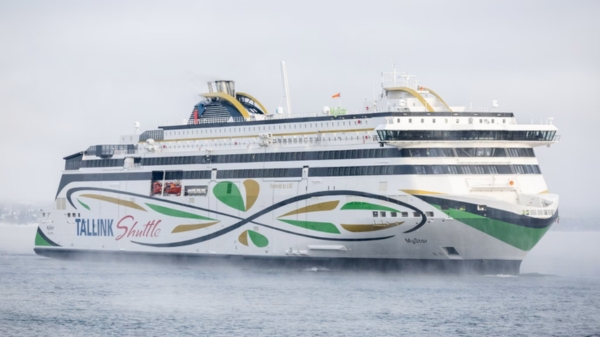
|
Tallink's MyStar joins Gasum's FuelEU Maritime compliance pool using bio-LNG
Nordic energy company Gasum signs pooling agreement with Elenger to generate compliance surplus. |
|
|
|
||
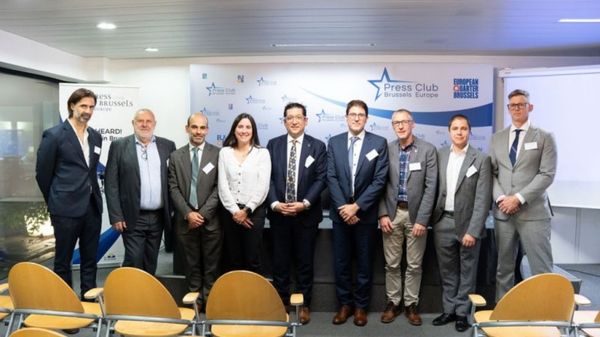
|
Maritime coalition gathers in Brussels to advance methane measurement and abatement technologies
MAMII convenes shipowners, engine makers, and policymakers to accelerate methane reduction from LNG-fueled vessels. |
|
|
|
||

|
BIMCO delays biofuel clause for time charters to spring 2026
Maritime organisation pushes back publication to address safety, technical requirements, and industry feedback. |
|
|
|
||
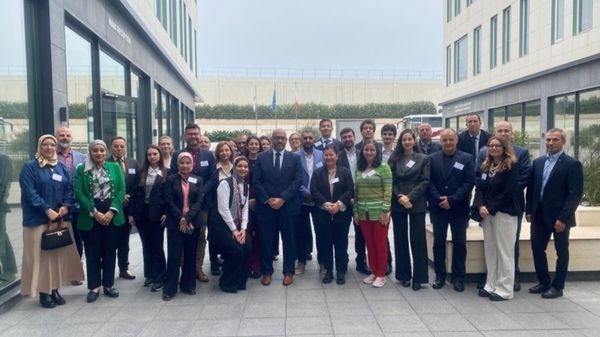
|
Mediterranean moves closer to nitrogen oxide emission controls
Expert meeting endorses feasibility study with 2032 target for Med NOx ECA implementation. |
|
|
|
||
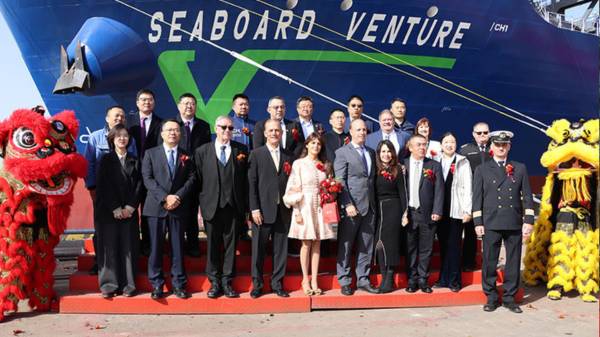
|
Sanfu Shipbuilding delivers final 3,500 TEU dual-fuel container ship to US owner
Taizhou-based shipyard completes first batch of LNG-powered vessels with "zero accidents, zero delays". |
|
|
|
||
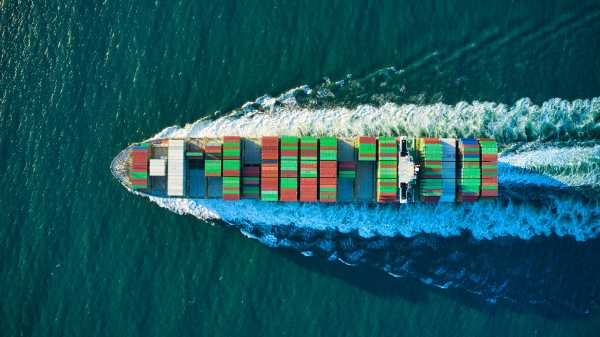
|
FuelEU Maritime regulation reshapes ship management contracts, DNV says
DNV's Emissions Connect aims to provide neutral data for commercial negotiations under new rules. |
|
|
|
||
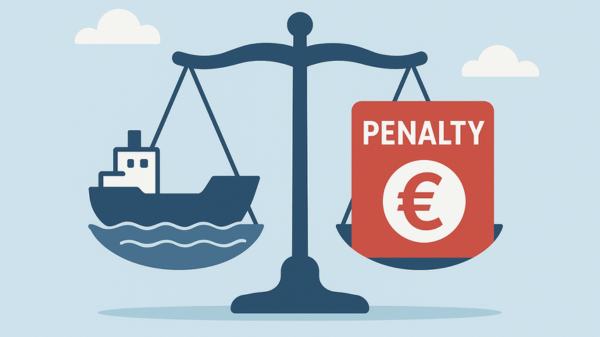
|
FuelEU penalties spark contract disputes as first-year compliance costs emerge
Shipowners and charterers negotiate biofuel handling, payment timing, and multiplier penalties under new regulations. |
|
|
|
||

|
Singapore tops first global container port ranking by DNV and Menon Economics
The port leads across all five assessment pillars in inaugural industry report. |
|
|
|
||

|
Marine fuel procurement becomes strategic imperative as regulatory pressures mount: LR
Operators must adopt comprehensive fuel strategies amid supply constraints and compliance costs, says Lloyd's Register. |
|
|
|
||
| Second quarter oil market report released [News & Insights] |
| 2015 oil market report released [News & Insights] |
| Global Risk Management reports profit rise [News & Insights] |
| Global Risk Management expands sales team [News & Insights] |
| Global Risk Management appoints ex-OW risk management specialists [News & Insights] |